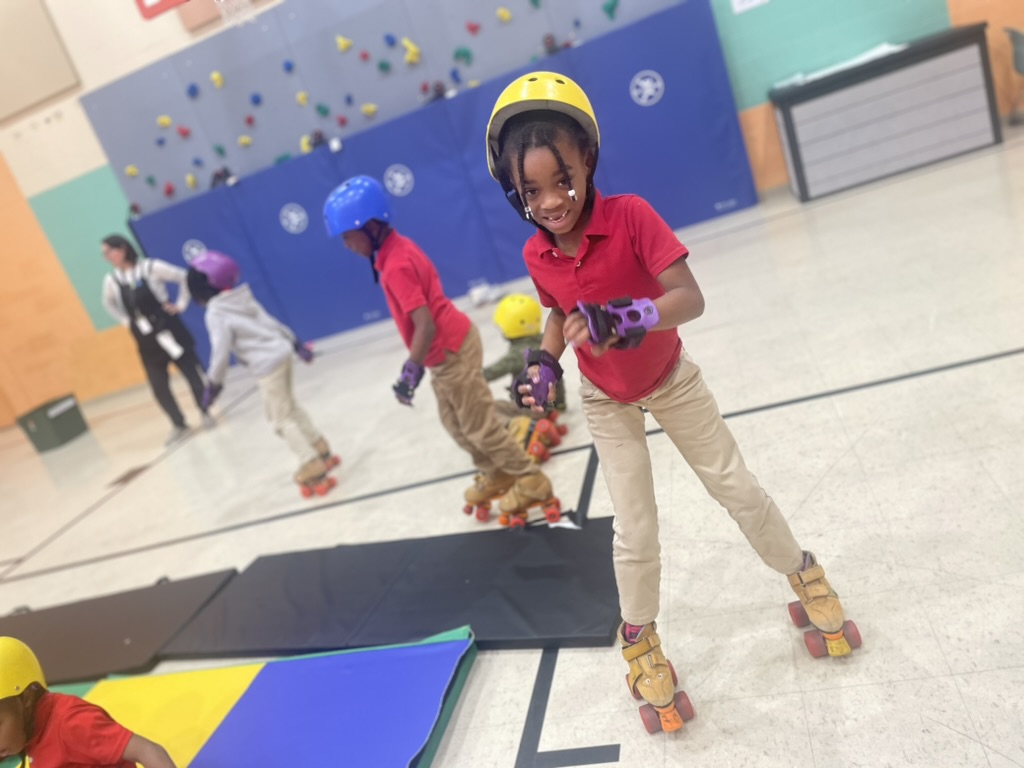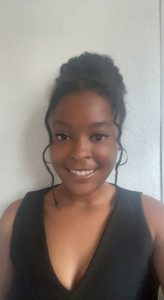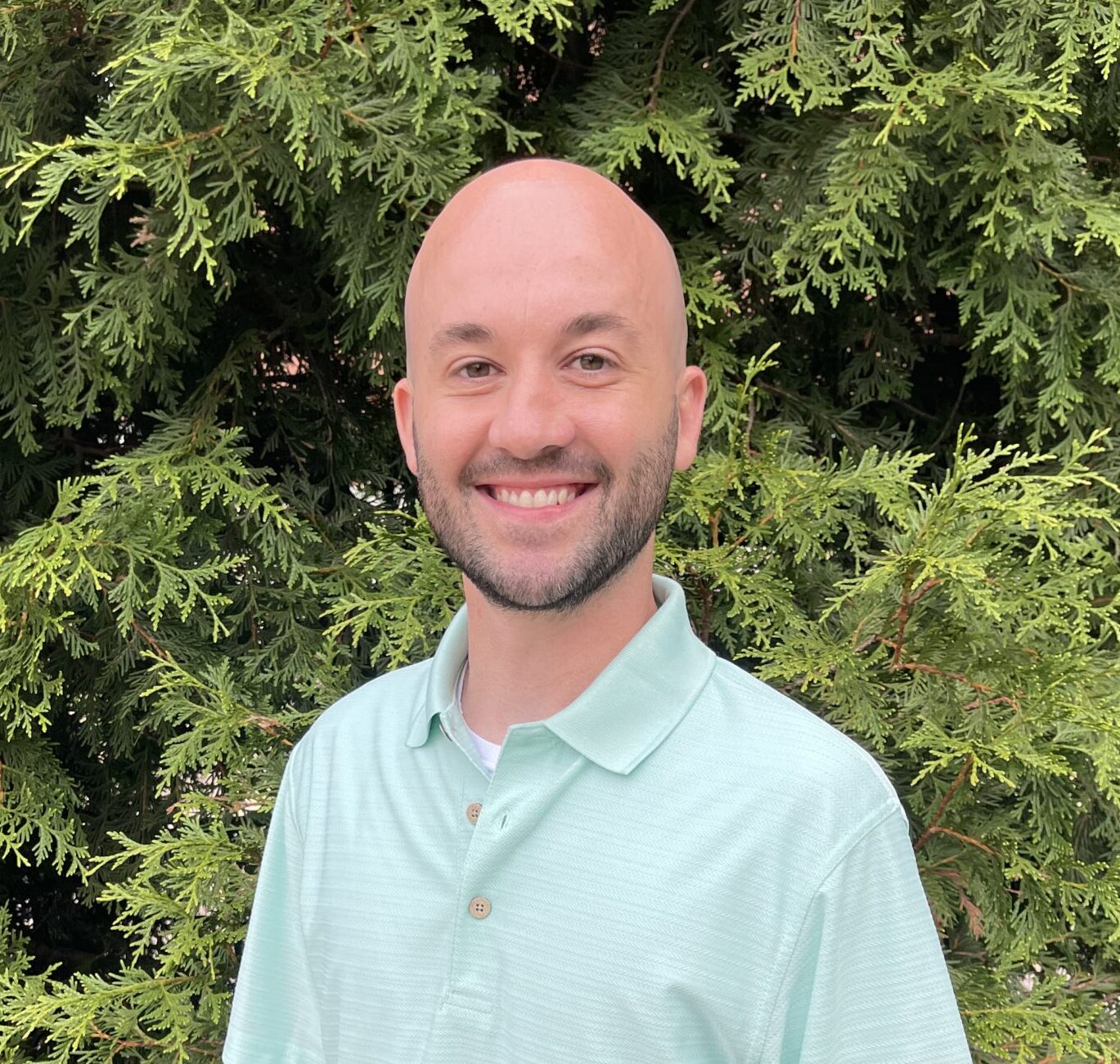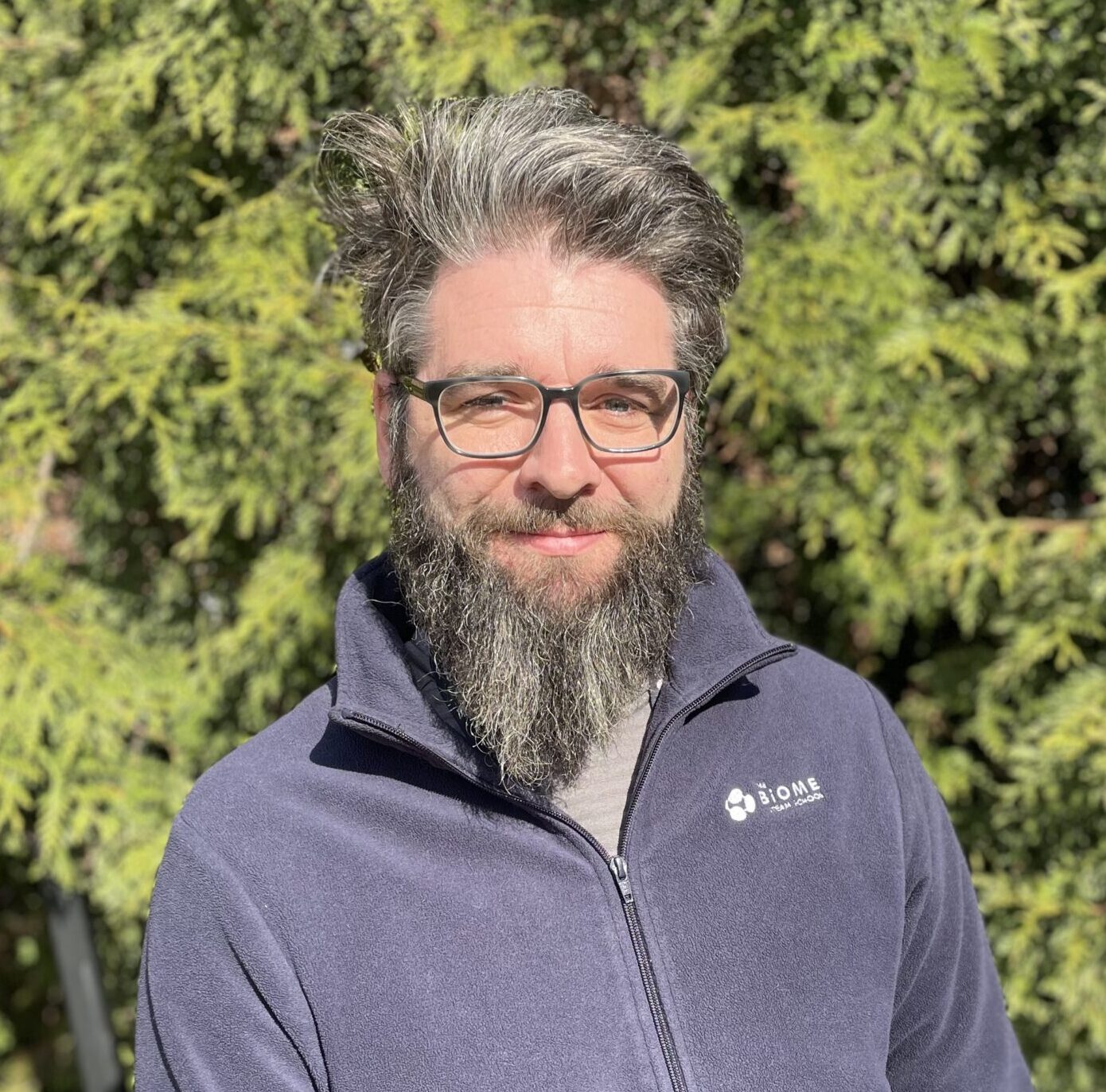At The Biome, we inspire our students to be curious and to explore their interest in the world around them.
Specialist teachers provide creative and enriching learning experiences in Music, Art, STEAM (Science, Technology, Engineering, Art, and Mathematics) and Physical Education.
ADAPTIVE THINKING OVERVIEW (Art and Tech)
Adaptive thinking uses art and technology to teach students the “studio habits of mind” (Develop Craft, Engage & Persist, Envision, Express, Observe, Reflect, Stretch & Explore, and Understand Art Worlds). Adaptive thinking introduces students to multiple mediums: drawing, painting, 3-d constructions, fibers, Lego architecture: coding, and digital literacy. The classroom is a structured studio environment where ideas and studios are guided by art history, tech history, enthusiasm, and the joy of discovery. Available tools, art materials, and technology are introduced to students, who can then access and arrange these materials independently to initiate and explore their creations, from paintings to video games. Select a tab below to learn more about Guiding questions for Adaptive Thinking at the Biome.
“I like to create different things using code. Someday soon, I want to be able to code my own Minecraft mods. I made a quiz game about different types of government. I am about to get my first 100 lines of code award.”
“I made a Fish game using Tynker. Coding is an opportunity to learn something that most kids don’t get to do in school. I like it because of all the different things you do by learning just one coding language. I have finished 23 projects and made 633 lines of code.”
“I coded a Drum Machine using Tynker. You can use the arrow keys and some others, like shift and the space bar, to make your own music. This year I have created 296 lines of code and 23 projects in Adaptive Thinking.”
“I love all of the lessons in Tynker. I have completed over 20 lessons. My favorite lesson is when we learned how to first make games. I made a cool paper dragon game where you chase fireworks with the dragon. I just got my first 100 lines of code award.”
- Why do we make art?
- How can we stretch and explore in AT class?
- What do artists/creators do when they make mistakes?
- Why do artists/creators plan their work?
- How do artists/creators decide when they are finished?
- How do we reflect on our art/invention?
- How do artists/creators see?
- How do artists/creators observe the world?
- Why do artists observe their processes and their work?
- How do I take care of technology?
- How do we find a happy balance between our online and offline activities?
- How do you say goodbye to technology when you don’t want to?
- How are we all part of an online community?
- What is artistic voice?
- How do artists/creators develop their techniques?
- Why do artists/creators express their ideas?
- How do artists/creators stretch themselves and take risks?
- What are the ways we can stretch and explore as artists?
- Why do artists/creators affect their communities?
- What do I stand for, and what stands for me?
- How do artists/creators communicate?
- What and who do I stand for?
- How do artists/creators form communities?
- How do I deepen my practice in the arts?
- Why are the arts important to a life well lived?
- How do digital citizens take responsibility for themselves, their communities, and their world?
- What does media balance mean for me?
- How does what I post online affect my identity?
MIND & MOVEMENT
A person’s attitude towards physical activity and healthy habits is often shaped by childhood or adolescence experiences. Our programs are founded on helping students build motor skills, practice good sportsmanship, and develop physical literacy. Our passionate educators are committed to creating welcoming spaces, a mindset of growth and perseverance, goal setting and achievement, and a culture that values healthy habits to support well-being.
We value Mind and Movement as a vehicle to:
- Improve physical and mental wellbeing;
- Explore experiences and opportunities to develop skills in leadership, teamwork, and goal-setting;
- Be challenged and to build confidence, self-belief, and resilience;
- Make friends and strengthen relationships;
- Laugh and have fun;
- Create opportunities for learning and growth.

MEET OUR SPECIALS PROGRAM EDUCATORS
High-quality academic programming begins with an excellent and caring instructional stall. Positive and secure relationships between educators, families, and children are central to our learners’ development. Each Specials Program Classroom Leader holds an appropriate certification with the Missouri Department of Elementary and Secondary Education.







